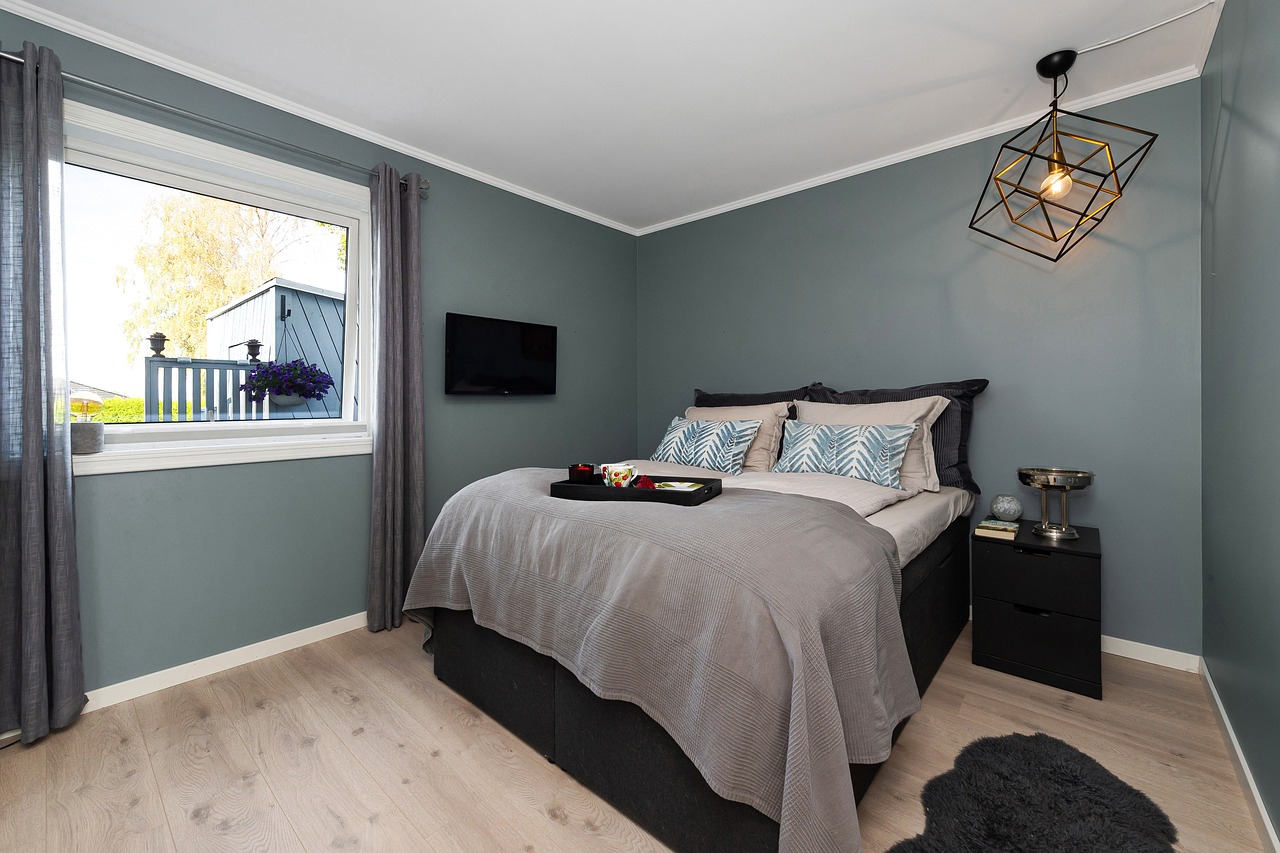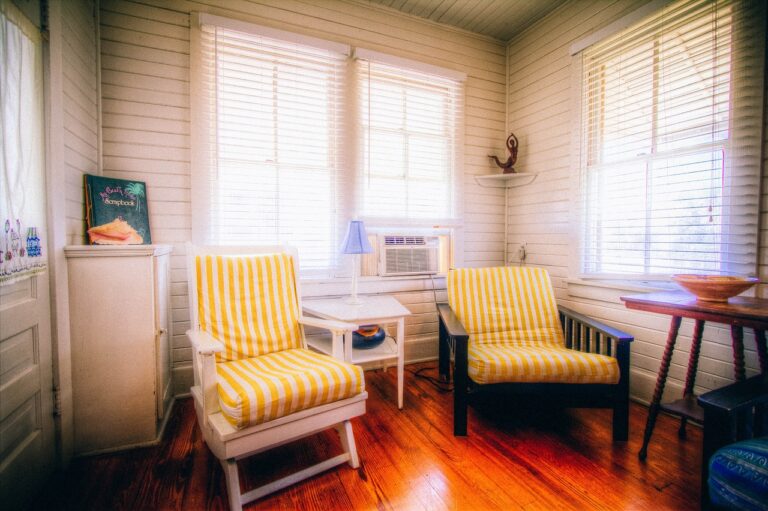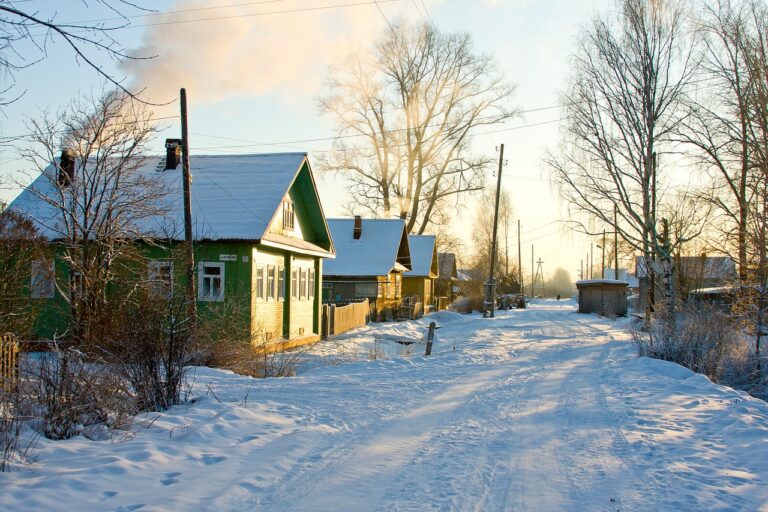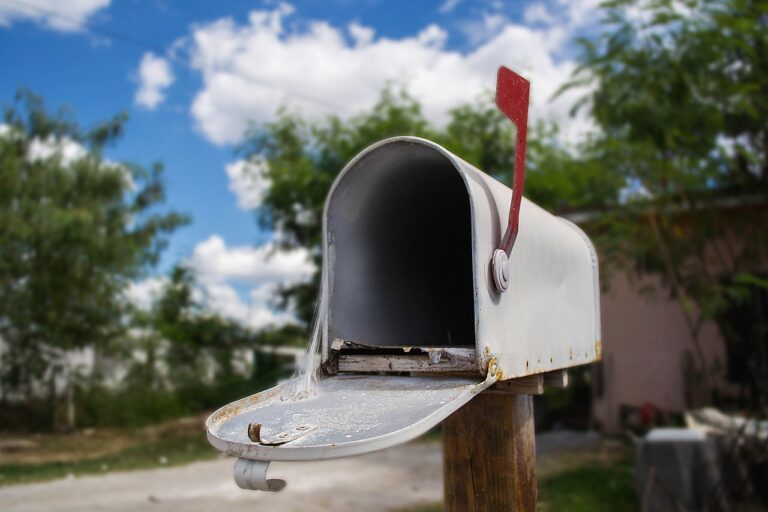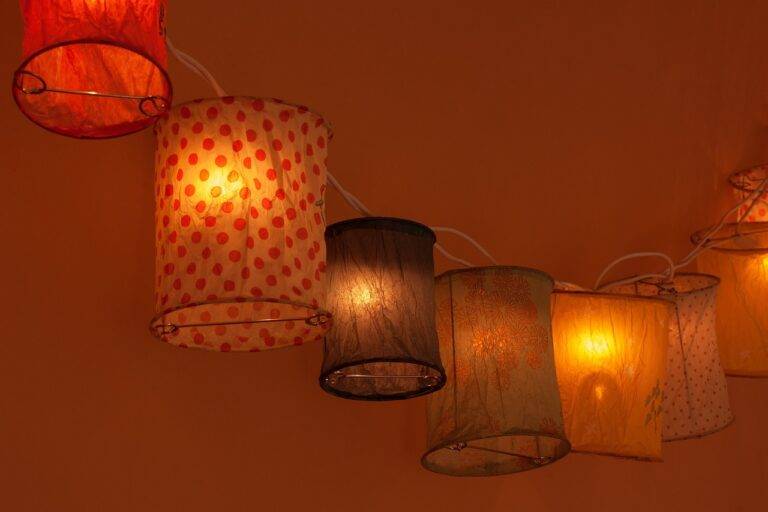Flooring Options for Wet Areas: Choosing Materials that Can Withstand Moisture and Humidity
sky247, diamondexch9, tigerexch247:When it comes to selecting flooring for wet areas such as bathrooms, kitchens, and basements, it’s essential to choose materials that can withstand moisture and humidity. The last thing you want is to install a beautiful floor only to have it warp, peel, or crack due to exposure to water.
There are several flooring options available that are designed specifically for wet areas. From tile to vinyl to engineered wood, each material has its advantages and disadvantages. In this blog post, we’ll explore some of the best flooring options for wet areas and provide tips on how to choose the right one for your space.
Tile Flooring
Tile flooring is a popular choice for wet areas due to its durability and water resistance. Ceramic and porcelain tiles are especially well-suited for bathrooms and kitchens, as they can withstand moisture and humidity without warping or staining. Additionally, tile is easy to clean and maintain, making it ideal for high-traffic areas.
When selecting tile flooring for wet areas, look for non-porous tiles with a slip-resistant surface. This will help prevent accidents and make cleaning easier. Porcelain tiles, in particular, are a great option for bathrooms and kitchens, as they are extremely durable and come in a variety of colors and patterns to suit any design aesthetic.
Vinyl Flooring
Vinyl flooring is another excellent choice for wet areas, as it is waterproof and easy to install. Vinyl plank flooring, in particular, is a popular option for bathrooms and basements, as it mimics the look of hardwood flooring without the risk of warping or swelling. Vinyl plank flooring is also incredibly durable and low-maintenance, making it an ideal choice for busy households.
When selecting vinyl flooring for wet areas, look for products with a high wear layer and waterproof core. This will help protect the planks from water damage and ensure they last for years to come. Additionally, vinyl flooring is available in a wide range of colors and styles, making it easy to find a look that complements your space.
Engineered Wood Flooring
Engineered wood flooring is a great alternative to traditional hardwood flooring for wet areas, as it is more resistant to moisture and humidity. Unlike solid hardwood, engineered wood is made up of layers of plywood or fiberboard with a hardwood veneer on top. This construction helps prevent warping and swelling, making it a durable choice for bathrooms and kitchens.
When selecting engineered wood flooring for wet areas, look for products with a high-quality finish and moisture-resistant core. This will help protect the planks from water damage and ensure they maintain their appearance over time. Engineered wood flooring is available in a variety of wood species and finishes, making it easy to find a look that suits your style.
FAQs
Q: Can I install hardwood flooring in a bathroom or kitchen?
A: While traditional hardwood flooring is not recommended for wet areas, engineered wood flooring is a suitable alternative. Engineered wood is more resistant to moisture and humidity, making it a durable choice for bathrooms and kitchens.
Q: What is the best flooring option for a basement?
A: Vinyl plank flooring is a great choice for basements, as it is waterproof and easy to install. Vinyl plank flooring mimics the look of hardwood without the risk of water damage, making it an ideal choice for below-grade spaces.
Q: How do I maintain tile flooring in a bathroom or kitchen?
A: To keep your tile flooring looking its best, regularly sweep or vacuum to remove dirt and debris. Use a mild detergent and warm water to clean the tiles, and avoid using harsh chemicals that can damage the grout. Additionally, seal the grout annually to prevent moisture from seeping in.
In conclusion, when selecting flooring for wet areas, it’s essential to choose materials that can withstand moisture and humidity. Tiles, vinyl, and engineered wood are all excellent options for bathrooms, kitchens, and basements. By selecting the right flooring material and following proper maintenance practices, you can ensure your floors look beautiful for years to come.

